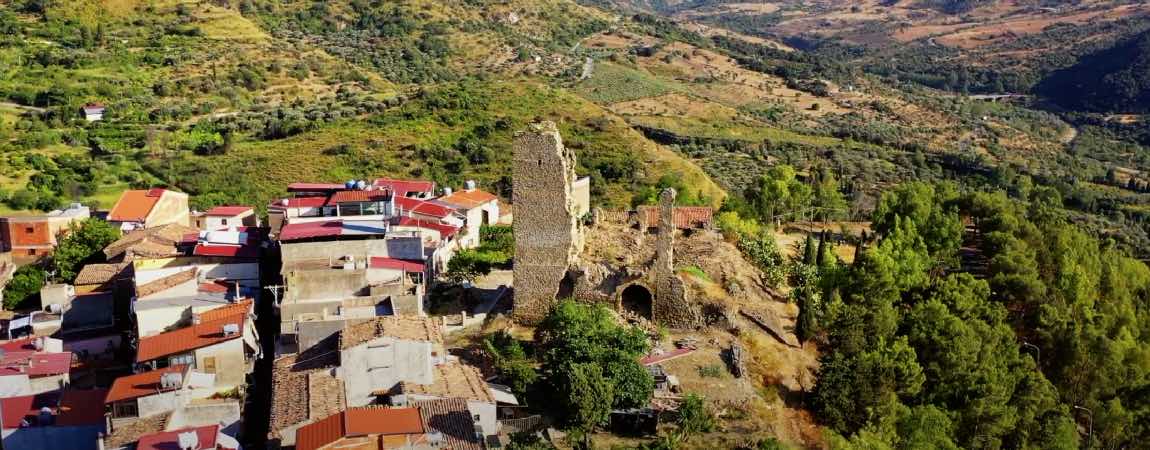
The city of Pettineo has gone through a long history before becoming the charming town it is today, a destination for numerous tourists throughout the year who make it a destination for their holidays in Sicily.
Originally, more precisely during the Two hundred, this locality still enjoyed the Latin toponym of Pectineum. At that time it was still a very small farmhouse, which the sovereign granted to the chamberlain of the Kingdom of Sicily Manfredi Maletta, even if only for a few years, before returning to state property.
In 1300 Pettineo was one of the fiefdoms that was granted as a reward by King Frederick III of Aragon to all those who were faithful to him during the War of the Vespers. Then, Pettineo was entrusted to Alanfranco di San Basilio, who stood out for his great skills in naval battles.
Pettineo and the Geraci County
1332 is another historical date for Pettineo, as it marks the passage of its control to Geraci County.
In particular, Alanfranco di San Sibilio sold Pettineo in exchange to Francesco Ventimiglia, who boasted the title of Count of Geraci. This step was very important for the history of Pettineo, because it marked the beginning of a long succession that earned the medieval village a cultural mix that it still boasts today.
In fact, after the Ventimiglia family, the town of Pettineo came under the control of other important families of the time, among which we mention the Alagona, the Cardona, the Lanza and the Valguarnera.
The Migaido Castle in Pettineo
One of the most important historical episodes in the history of Pettineo was the construction of Migaido Castle, created during Quattrocento.
This fortress is one of the very few examples in Sicily of feudal architecture that has remained practically intact, managing to resist the passing of the centuries in the best possible way.
Visiting the Migaido Castle, in fact, will be like going back in time, to the years of Middle Ages sicilian, probably the most fascinating of the Sicilian history, from which the main traditions and celebrations that are still experienced today throughout the island derive.
Of the Migaido Castle you will notice the massive walls that surround it, as well as the large 13 meter high tower. It has also been well preserved Church of Sant'Antonino placed inside, so much so that you will still be able to notice all the frescoes on its walls in excellent condition.
The fortification boasts walls more than 3 meters thick, making it among the strongest of the Middle Ages.
Pettineo after the Middle Ages
When the medieval era came to an end, Pettineo continued to maintain its village charm for a long time, so much so that some of these characteristics are still present today.
After the Middle Ages, Pettineo continued to grow, to the point that it attracted the curiosity of important wealthy families coming from both Palermo that Messina, who noticed opportunities in this location that should not be missed.
Within a few years, Pettineo also became the home of numerous Sicilian master craftsmen, which gave life to the first shops of Pettineo. Carpenters, architects, sculptors and even painters: Pettineo had now become a true hotbed of art, so much so that, over the decades, it also gave birth to numerous artists of great fame, such as Nicolò da Pettineo, whose works are scattered throughout Sicily.









